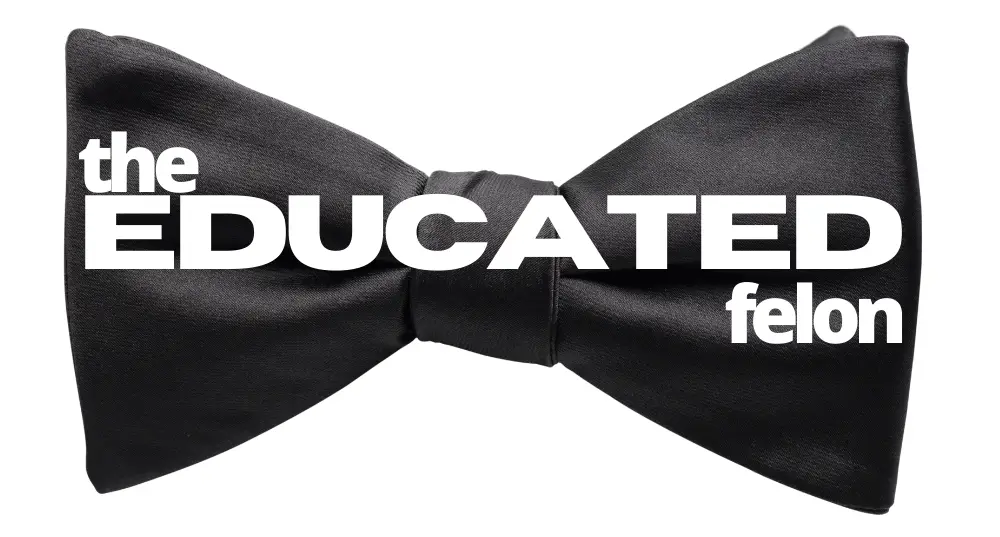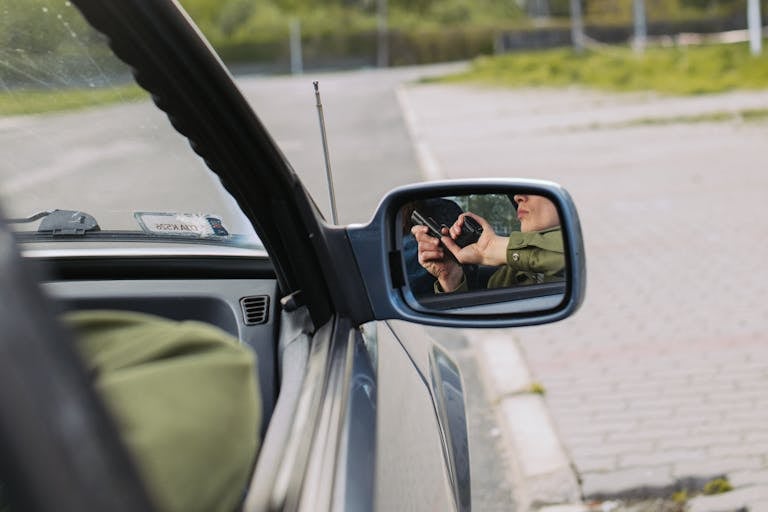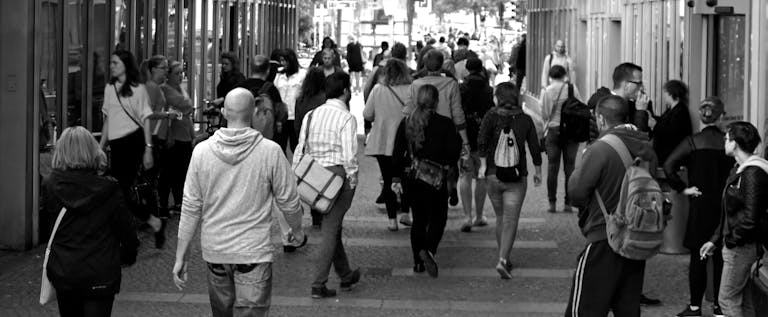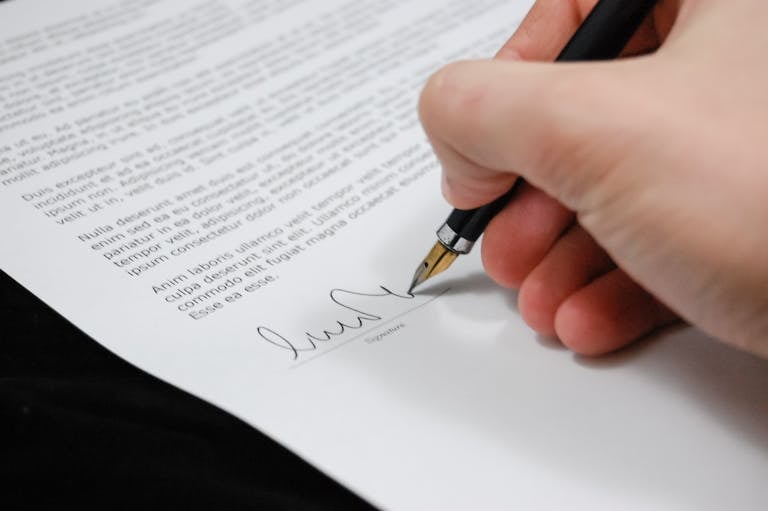Eluding: A High-Speed Gamble That Can Crash Your Future
Introduction
Imagine this: the flashing lights in your rearview mirror, your heart racing, and suddenly… you hit the gas instead of the brakes. Welcome to the world of eluding – a split-second decision that can turn a simple traffic stop with a law enforcement officer into a life-altering legal nightmare.
But what exactly is eluding, and why does it make law enforcement and judges see red? Buckle up, because we’re about to take a wild ride through the ins and outs of this serious offense.
What is Eluding? More Than Just Playing Hard to Get
The Legal Definition: Not Your Average Game of Tag
Eluding police isn’t just fancy legalese for “running away.” Let’s break it down in detail:
- Willful Act: The driver must intentionally flee or attempt to evade the law enforcement vehicle. Accidental failure to notice police signals typically doesn’t qualify.
- Law Enforcement Officer: The pursuit must be initiated by a clearly identifiable law enforcement officer. This usually means:
- An police officer in full uniform
- A marked official police vehicle with visible lights and sirens
- In some jurisdictions, an unmarked motor vehicle may qualify if using a visual or audible signal
- Motor Vehicle Involvement: While eluding police typically involves a motor vehicle, some jurisdictions include:
- Cars, trucks, and motorcycles
- Boats (in maritime law)
- In rare cases, even on foot, though this is usually charged differently
- Knowledge of Police Officer Presence: The driver must be aware that a law enforcement officer is attempting to stop them. This is usually established by:
- Use of emergency lights, sirens, and such signal
- Verbal commands or hand signals from a law enforcement officer
- Refusal to Stop: The core of police eluding is the deliberate decision not to comply with an law enforcement officer instructionsl to stop. This can involve:
- Increasing speed
- Taking evasive actions (sudden turns, off-road travel)
- Continuing to drive at normal speed while ignoring a visible or audible signal
- Duration: Eluding police can be charged even for a brief attempt to flee. There’s no minimum time or distance required as the law enforcement officer pursues you
- Intent: Prosecutors must often prove the driver intended to elude, not just that they failed to stop immediately.
The Eluding Spectrum: From Bad Decision to Felony Fast Track
The severity of eluding charges can vary widely based on circumstances. Let’s explore the spectrum in more detail:
- Misdemeanor Eluding:
- Typically involves a brief, low-speed pursuit
- No dangerous driving or injuries occur
- Often charged when a driver delays stopping for a short distance
- Penalties might include:
- Fines ranging from $500 to $5,000
- License suspension for 6 months to 2 years
- Possible jail time of up to 1 year
- Example: Driving an extra block before pulling over
- Aggravated Misdemeanor Eluding:
- Involves more serious circumstances, but not quite felony level
- This may include moderate speeding or minor traffic violations during the pursuit
- No injuries or significant property damage
- Penalties often include:
- Larger fines, potentially up to $10,000
- Longer license suspensions, possibly 1-3 years
- Jail time ranging from 6 months to 2 years
- Example: Leading police on a chase through residential streets at moderate speeds
- Felony Eluding:
- High-speed chases
- Reckless driving that endangers others
- May involve:
- Speeds exceeding 25 mph over the limit
- Running red lights or stop signs
- Driving against traffic
- Penalties can be severe:
- Prison sentences of 2-10 years or more
- Fines up to $25,000 or higher
- Extended or permanent license revocation
- Example: High-speed interstate chase involving multiple police vehicles
- Aggravated Felony Eluding:
- The most serious form often involves:
- Injuries or fatalities resulting from the chase
- Extreme recklessness or endangerment
- Prior eluding convictions
- Penalties are the most severe:
- Prison sentences of 10 years to life
- Fines that can exceed $100,000
- Permanent license revocation
- Additional charges like vehicular homicide if fatalities occur
- Example: Multi-county high-speed chase resulting in a crash with injuries
- The most serious form often involves:
Factors that can escalate an eluding charge:
- The presence of passengers, especially minors
- Intoxication of the driver
- Crossing state lines (making it a federal offense)
- Outstanding warrants or being on probation/parole
Eluding by the Numbers: Statistics That’ll Make You Pump the Brakes
Let’s crunch some numbers to see why eluding is a losing game:
- Approximately 30% of police pursuits end in a crash
- 1 person dies every day as a result of a police motor vehicle pursuit in the US
- 42% of all pursuits are initiated for traffic violations
- The average length of pursuit is 2 minutes
- Roughly 40% of eluding suspects are under the influence
- Only about 25% of eluding attempts successfully escape (temporarily)
- Eluding a law enforcement officer increases the likelihood of use of force by 50%
Real-Life Eluding Tales: When Eluding Goes Terribly Wrong
- The Drive-Thru Dash: In 2019, a Florida man led police on a chase… through a McDonald’s drive-thru. He ordered and paid for his meal before being arrested. Fast food, slow getaway.
- The Tractor Escape: A Colorado farmer tried to elude police on his tractor in 2020, leading to a slow-speed chase that lasted hours. Turns out, John Deere isn’t the ideal getaway vehicle.
- The Aquatic Getaway Attempt: In 2021, a suspect in Texas tried to elude police by driving into a lake. Spoiler alert: Cars don’t make good boats, and police have those too.
When the Lights Flash: The Right Way to Handle a Traffic Stop
Knowing how to properly handle a traffic stop can prevent a simple interaction from escalating into an eluding criminal offense situation. Here’s a detailed guide:
- Acknowledge the Law Enforcement Officer and Indicate Your Intent to Stop:
- Turn on your turn signal to show you’re preparing to pull over
- If it’s dark, turn on your interior light so the Police officer can see inside the vehicle
- Choose a Safe Location to Stop:
- Pull over to the right side of the road
- If possible, choose a well-lit area or a wide-shoulder
- If on a highway, exit if there’s a ramp nearby, but use your hazard lights to indicate your intentions
- Position Your Motor Vehicle Properly:
- Pull as far to the right as safely possible
- Turn off the engine
- If it’s dark, leave your headlights on
- Prepare for the Officer’s Approach:
- Roll down your window
- Keep your hands visible on the steering wheel
- Ask passengers to keep their hands visible as well
- Interact Respectfully with the Officer:
- Address the officer politely (e.g., “Officer” or “Deputy”)
- Don’t argue or become confrontational
- Inform the officer if you need to reach for your license and registration before doing so
- Know Your Rights, But Exercise Them Tactfully:
- You have the right to remain silent beyond identifying yourself
- You can politely decline a request to search your vehicle
- If asked to exit the vehicle, comply but state clearly if you do not consent to a search
- Handle Potential Arrests Calmly:
- If you’re placed under arrest, don’t resist
- State clearly that you wish to exercise your right to remain silent
- Ask for an attorney
- After the Stop:
- Wait for the officer to leave first before pulling back onto the road
- If you feel the stop was handled improperly, file a complaint through proper channels later
Remember, the roadside is not the place to argue your case. If you believe you’ve been treated unfairly or the ticket is unjustified, the appropriate venue to contest this is in a court of law, not during the traffic stop.
Legal Lifeline: When You Need a Pro to Navigate the Aftermath
If you’ve made the mistake of eluding or are facing related charges (Congratulations! Way to mess things up). But, please don’t try to outrun the legal system too.
A skilled criminal defense attorney can be the difference between a slap on the wrist and serious time. They’re like your personal legal GPS, navigating the complexities of eluding charges. Check out LegalEagle Defenders for attorneys who can help you hit the brakes on serious legal consequences.
[Affiliate Disclosure: If you choose to hire an attorney through the links provided, we may earn a commission. This comes at no extra cost to you and helps support our website.]
Conclusion: The Fast Lane to Nowhere Good
Eluding police might seem like an adrenaline-pumping solution at the moment, but it’s a shortcut to more serious legal troubles.
Remember, real life isn’t a movie – there’s no dramatic music, no commercial breaks, and no stunt doubles to take the fall.
Stay safe, stay legal, and if you see those flashing lights, just pull over. Your future self (and your car’s suspension) will thank you.







